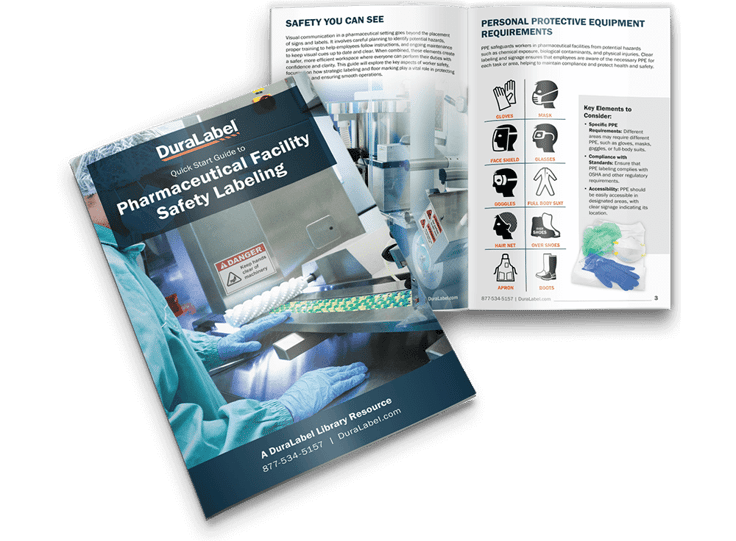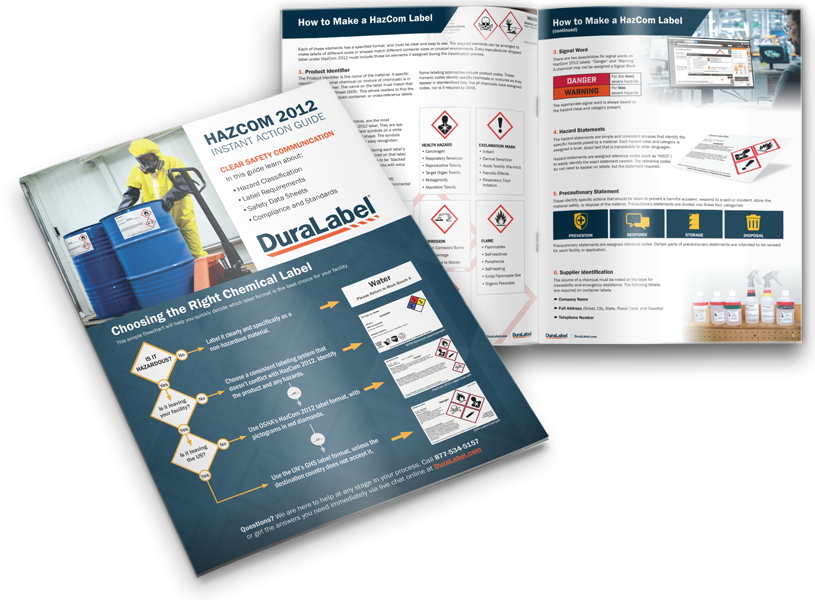5 Ways to Avert Common Bio Waste Violations

With latex-lined hands, hospital worker Wynona Korte reached into a trash bin and was pricked by a needle that carelessly had been tossed in by another employee. For the next few years, Korte underwent a stream of blood work testing to ensure she had not contracted a life-threatening disease. Improperly disposed sharp wastes such as needles, blades, and glass pipettes are among the many bio wastes that can cause injury during handling for facility workers on down to sanitation workers and landfill workers. The potential for spreading disease and causing death are reasons why there are biohazardous waste disposal regulations. Managers of those who handle biohazardous work should make sure workers understand biohazardous waste disposal regulations. Train workers to avoid common violations such as lack of biohazardous containers, missing signs or labels, improper waste segregation and more to avoid costly and potentially dangerous mistakes.
Medical Waste Hazards
Among health care workers in hospitals, the Centers for Disease Control and Prevention (CDC) estimates that annually there are about 385,000 sharps-related injuries. About half or more of sharps injuries in hospitals and similar facilities go unreported, however, they mainly involve nursing staff, laboratory staff, physicians, housekeepers, and other health care workers. According to the American Nurses Association, almost two-thirds of nurses say needle-stick injuries and bloodborne infections remain a top concern and that measures such as safety syringes, prevention education, and workplace safety advocacy would minimize risks.
"An overwhelming majority of nurses (87%) say safety concerns influence their decisions about the type of nursing they do and their continued practice in the field," said former AMA President Rebecca Patton. "To enhance the safety climate of all healthcare workers, improvements need to be made to the workplace environment and staffing levels."
"Workers should never recap a needle, never go through trash or try to get something out of a sharps container," said Christina Crawford, BSN, a public health nurse in California. "Gloves are not needle proof. If people are not cognizant of where their needle is, then they are not being aware. These days, facilities should have safety needles. All sharps belong in a labeled sharps container; separate out needles for use on a person and those being used for something else. When the container is three-quarters full, get rid of it. Wrap it up in a red biohazard bag and dispose of it."
Sharps and other biohazardous waste need proper control measures in place along with continuous safety training for workers. Here are five common medical waste violations and ways to avert these hazards:
- Employee training: Keep employees in full understanding with steps in the management of medical waste for Hazardous Communication and HIPAA practices. The Occupational Safety and Health Administration (OSHA) has standards for bloodborne pathogens (29 CFR 1910.1030) and personal protective equipment. These standards require employers to protect workers from occupational handling and exposure to infectious agents. Along with federal rules, there are many rules around accumulation and transportation that are state specific. Train workers to maintain cleanliness, organization, vigilance, and housekeeping. To support workplace management of biohazardous waste, utilize compliance resources and other educational materials.
- Container Management and Labeling: As part of OSHA's standard, it is important to use the right type of closable container and to segregate biohazardous waste contents by compatibility. Many violations include incorrect labeling, failure to keep containers closed, failure to inspect containers for punctures or fullness, and failure to handle containers correctly. Biohazardous waste management from the beginning is an integral part of hazard mitigation for workers as well as the general public. The CDC estimates that hospital settings can prevent at least 62% of sharps injuries by using safer container devices along with the appropriate color-coding for organization and labeling per OSHA 1910.145(e)(4).
- Lack of emergency plans: Citations include emergency and fire safety and prevention plans that are missing, inadequate, inconsistent, or outdated. Through OSHA 1910.38, a written emergency action plan must contain procedures for reporting fire or other emergencies, procedures for various types of evacuation along with exit route assignments, employee procedures for evacuations or rescue duties, and contact information.
- Improper waste segregation: Separate vaccine vials away from expired or recalled vaccines for proper management. Separate clothing and other laundry that is contaminated away from bags or containers of other regulated wastes and those that are appropriate to recycle. Custom labeling requirements apply to items that contain bloodborne pathogens, such as HIV or hepatitis B. Use signs and labels to signify biohazard rooms, materials, experiments, equipment, and more.
- Improper transportation practices: This includes proper treatment and disposal of biohazardous waste per OSHA and the Environmental Protection Agency (EPA). Waste should not be transported to landfills without going through treatment. According to the Department of Transportation (DOT), it is the shipper's responsibility to properly prep and package biohazard materials.
Improve Biohazard Safety
Mitigate hazards that present a risk or potential risk to the well-being of workers and the public. Correctly identify, segregate, and manage regulated biomedical waste. Ensure all employees with occupational exposure receive adequate waste disposal training and be sure to keep appropriate training documentation. Take a look around the facility and monitor the locations and upkeep of sharps containers and other waste disposals. Make sure warning labels include the universal biohazard symbol and are applied to appropriate containers, refrigerators, and freezers.
Related Resources

5 Easy Ways to Strengthen Bloodborne and Airborne Safety Management
Workplace exposure control plans are encompassing much more than in the past. How are workplaces mitigating ...
Read
Easy Ways to Enhance Loading Dock Safety
Warehouses are busy work environments. Keep loading dock workers moving efficiently and safely using these ...
Read
A Talk with Oregon OSHA
Aaron Corvin is the Department of Consumer and Business Services Oregon OSHA Public Information Officer, ...
Read.png)





